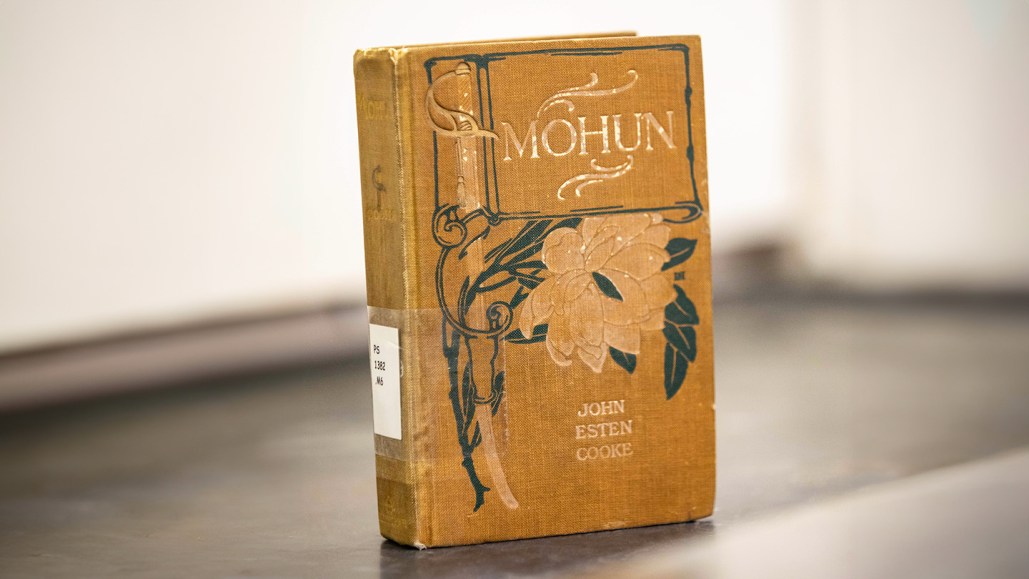Old Books May Contain High Chromium Levels, but Reader Risk Remains Low

Old books can be beautiful to look at. But handle with care — they just might be toxic.
The covers of Victorian-era books are already known to sometimes have pigments that contain toxic heavy metals such as lead, chromium and arsenic. But when researchers recently assessed a collection at their university’s main library, they found toxic metal concentrations on some tomes that exceeded safe levels.
“I think it’s very important for librarians to be aware of those risks,” says Leila Ais, an undergraduate student studying biochemistry at Lipscomb University in Nashville who will present the team’s findings August 18 at the American Chemical Society meeting in Denver.
Librarians approached the team about testing old, brightly colored books in the university’s collection. The researchers used a handheld machine called an X-ray fluorescence spectrometer to detect metals in the covers of 26 books. Additional laboratory studies helped the team determine the amount of each metal compound present in the cover.
In the golden-yellow covers of some books, Ais and colleagues found crocoite — a compound containing the toxic metals lead and chromium — and lead sulfate, two compounds that make up a pigment called chrome yellow. Post-Impressionist painter Vincent van Gogh notably used chrome yellow pigments in his sunflowers series.
“[One] thing that surprised me is how concentrated [the metals in] some of the books are,” Ais says. In the most metal-rich book cover, the chromium concentration was around 50 parts per million, well above the 4–25 ppm that can cause skin reactions, according to the U.S. Centers for Disease Control and Prevention.
But that doesn’t necessarily mean library patrons are in danger. Chrome yellow doesn’t flake off the covers easily, so the risk of inhaling particles or transferring those heavy metals to your hands is low, says Rosie Grayburn, an analytical materials scientist at Winterthur Museum in Delaware and with the Poison Book Project, a research initiative to identify toxic pigments in book covers. Other pigments, such as arsenic-based emerald green, flake more easily and carry a greater risk for exposure, she says.
Lipscomb’s team plans to contribute its findings to the Poison Book Project after running a few more tests. In the meantime, library staff have sealed books that might contain harmful compounds in plastic bags and removed ones known to contain toxins from circulation.




